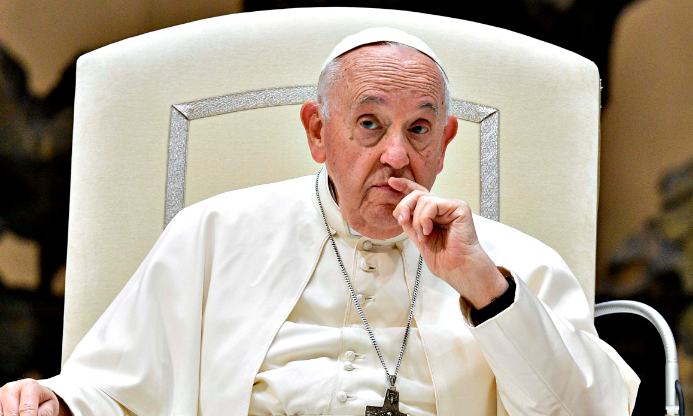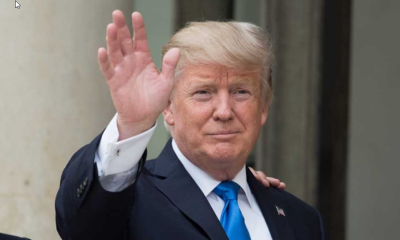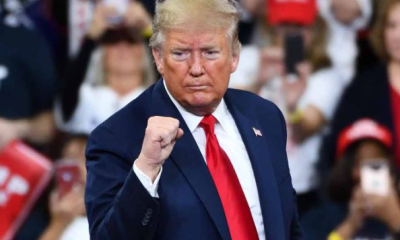In an extraordinary development causing surprise within the Catholic community, Archbishop Carlo Maria Viganò has urged the Swiss Guards to take decisive measures against Pope Francis and Cardinal Victor Manuel “Tucho” Fernandez. This striking plea follows the disclosure of a sexually explicit theological piece authored by Fernandez, characterized as pornographic and in opposition to the faith.
Archbishop Viganò’s protest goes beyond a response to the book’s content; it represents the culmination of what he views as a sequence of offenses within the Church. He alleges that the current papacy is methodically undermining the fundamental tenets of the Catholic faith. According to him, apprehending these figures is deemed necessary to safeguard the See of Peter and preserve the sanctity of the Church.
Viganò’s statement serves as a harsh criticism of the Church’s direction throughout the last century. He identifies a trend of infiltration and subversion within the Church, drawing parallels to the strategies employed by secular governments. The Archbishop contends that a succession of concessions and tolerances has brought about the present state of affairs, characterizing the Vatican as having been diminished to a “brothel.”
The Archbishop has openly expressed criticism of what he refers to as the “deep church” and its association with globalist agendas. He has previously voiced objections to the veneration of Pachamama, the Abu Dhabi Declaration, and other occurrences that, in his view, signify a deviation from traditional Catholic values and discipline.
In his appeal for action, Viganò directs his message not only to the Swiss Guards but to the wider Catholic community. He encourages a united stand against influences aiming to weaken the Church, emphasizing the need for a rediscovery of the fundamental principles of the faith. He advocates for a rejection of modernist interpretations that dilute the core message of Catholicism.
Reactions to Viganò’s appeal have been varied, with some commending his bravery in defending the faith, while others express concerns about the potential divisiveness stemming from such actions. This situation underscores the profound divisions within the Church and the difficulties it encounters in harmonizing tradition with contemporary concerns.
As the narrative develops, the global audience observes with anticipation to witness how the Vatican will address this assertive challenge to its authority. The consequences of this confrontation are extensive, with the potential to establish a significant alteration in the power dynamics within the Catholic Church.













